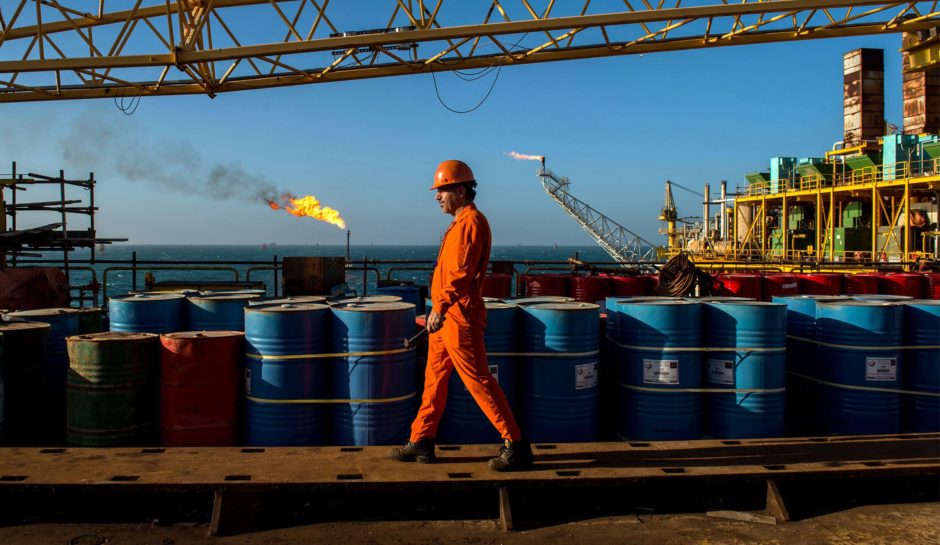
The expected return of Iranian oil to the market as US sanctions are likely to be lifted over the next year will offer new opportunities for former buyers in Asia to reshuffle their oil import mixes. Significantly, the return of Iranian barrels will trigger a fierce battle among global suppliers for market share raising the risk of price drops, reported Fitch Solutions.
Fitch Solutions expects the US and Iran to return to compliance with the 2015 nuclear accord in the coming quarters. This view remains intact in the aftermath of Iran’s June 18 presidential election, with the victory of hardliner Ebrahim Raisi expected to help propel negotiations forward by reducing pushback to a deal from hardliners within the Iranian government ranks, Fitch Solution said in its latest report.
The core view is for a deal to be reached in late 2022 at the earliest as domestic political headwinds in both the US and Iran undermine efforts in Tehran to produce a faster agreement by the summer months.
Based on current projections, Iran’s crude export levels are forecast to near their pre-US-sanctions levels by 2023-2024, although years of low investment and reduced activity in mature fields mean risks are weighted to the downside, said Fitch.
Iran’s Oil Minister Bijan Namdar Zanganeh said yesterday that his country has taken “many measures” to ensure it can raise crude production in “a very short time” if US sanctions are lifted, the state-run Shana news agency reported.
New opportunities for Asian buyers
The anticipated return of Iranian barrels to market presents new opportunities for former regular buyers in Asia to reshuffle their oil import mixes.
“Iran is believed to be keeping anywhere between 100-200 million barrels of crude and condensates locked in onshore and floating storages and appears prepared to unleash them onto market as soon as able. Iran is expected to attach substantial discounts to its exports in a bid to quickly reclaim lost market share. This in turn looks poised to trigger a fierce battle among global suppliers for market share creating risks of price drops and resulting in reorientation of trade flows,” said Fitch.
Any battle for market share is expected to centre around South Korea, a former major buyer of Iranian South Pars condensate.
Cost-competitive Iranian crude barrels are also likely to appeal to other former major buyers such as China, Japan and India. And “while all three have successfully diversified their crude import mix, returning Iran barrels offered at friendlier rates will be welcomed particularly with all three markets’ crude imports continuing to deepen and global crude oil prices rising to multi-month highs on strong post-pandemic optimism,” added Fitch.
China has maintained some level of crude imports from Iran despite the sanctions in place, although volumes, despite a downbeat short-term outlook among the non-state independents, still have room to increase further once international restrictions are removed.
“China remains very much at the forefront of Iran’s re-emergence plan. In March 2021, China and Iran signed a 25-year trade and security pact which among other agreements stands to increase Chinese access to Iranian oil in exchange for stronger Chinese investments into the Iranian energy sector. Iran’s state-owned NIOC is thought to be in the process of trying to make its export-grade crude lighter, by blending lighter, sweeter grades from domestic fields, to accommodate specific requests for such grades from Chinese refiners,” noted Fitch.
Recommended for you

